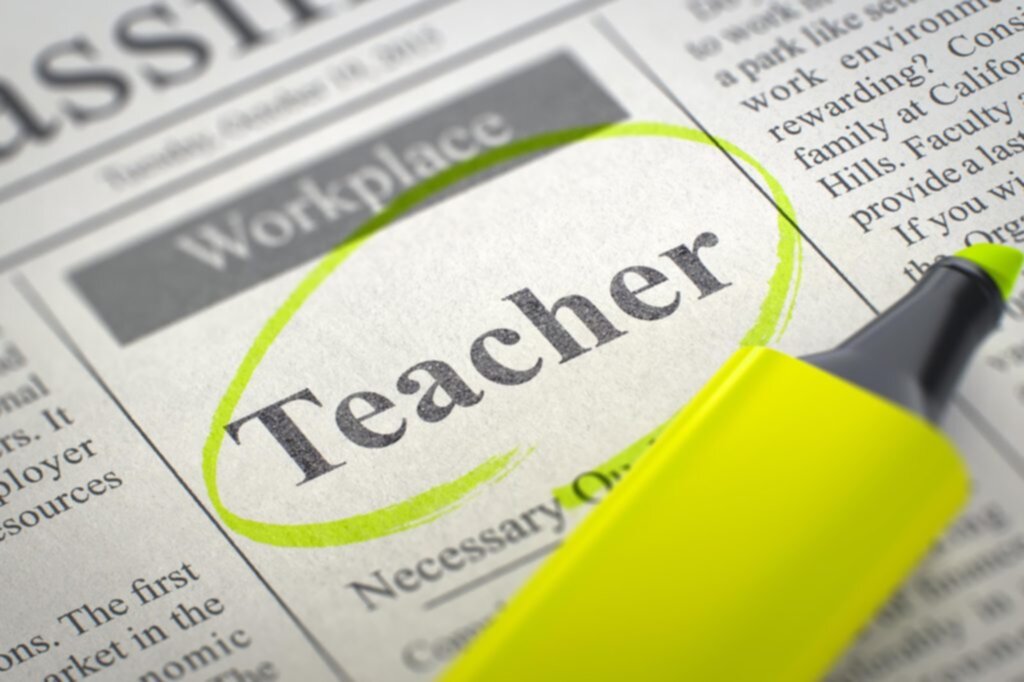
The pandemic has shone a spotlight on inequality in America. School closures and social isolation have impacted all students but particularly those living in lower socioeconomic households. A new study suggests that the achievement gap is likely to widen due to the pandemic and the sudden closures of schools. The researchers provide insights about the scope of the problem and can be read here.
“There are many reasons to believe the Covid-19 impacts might be larger for children in poverty and children of color,” Kuhfeld wrote in the study. Their families suffer higher rates of infection, and the economic burden disproportionately falls on Black and Hispanic parents, who are less likely to be able to work from home during the pandemic.
In addition, the pandemic may worsen existing mental health problems because of the unique combination of the public health crisis, social isolation, and economic recession, according to the authors of that study. Therefore, it would be essential that mental health issues be identified early and treated.
Research shows that mental health and academics are linked. When schools reopen, some students may be behind academically, but now teachers will need to be methodical about checking in on their students and parents, particularly if they are dealing with trauma, grief, and anxiety. The article suggests that video conferencing might be an effective way to deliver mental health services to children.
Teachers can look to schools like Fall-Hamilton Elementary in Nashville, Tennessee, as a model for trauma-informed practices based on a whole-school approach, focusing on key relationships between adults and students, among staff, and incorporating social and emotional learning comprehensively.
